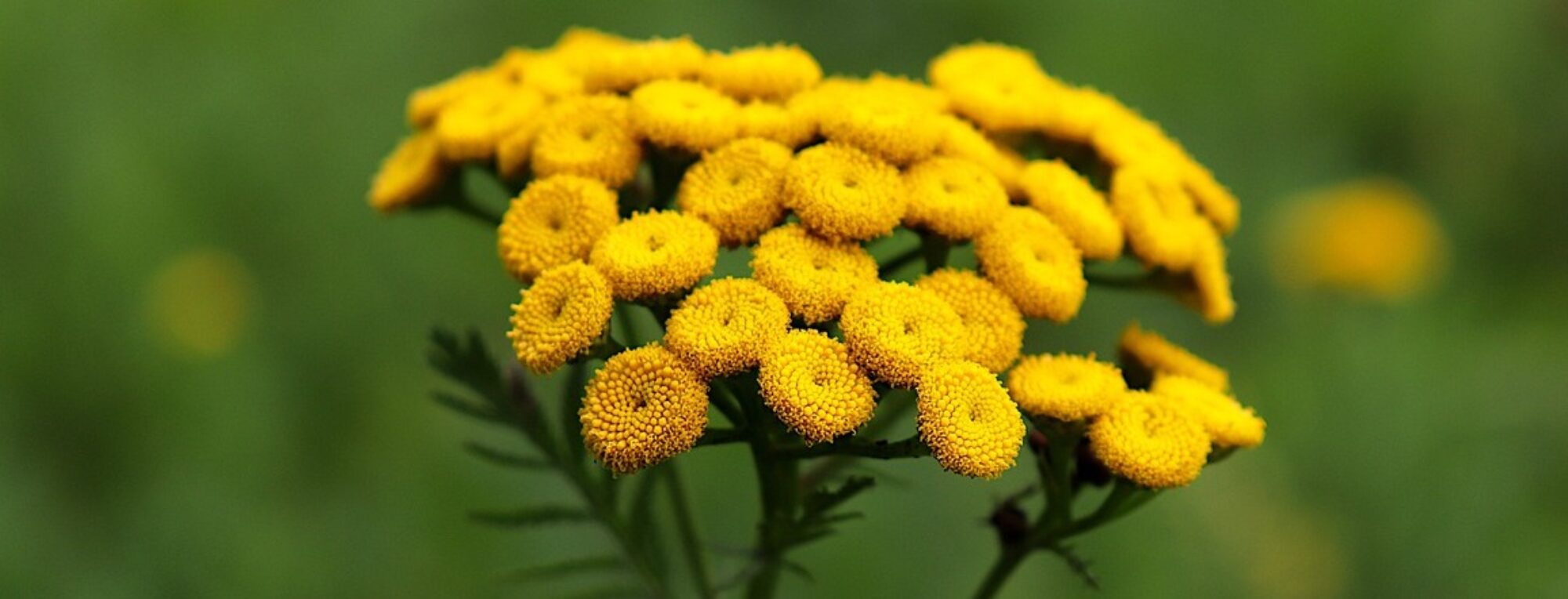
English name: Sweet Woodruff
Family: Rubiaceae
Botanical characteristic: A perennial herb, growing to a height of 30 cm. Narrow lance-shaped leaves in 6 – 9 numerous panicles grow from a square, smooth, upright stem. The flowers are white, small, regularly arranged. They form fork-shaped whorls. The fruit is a spherical double-skinned flower with hook-shaped spines.
Microscopic drawing:

Distribution: The species is widespread in Europe, Asia and the Americas. It grows in semi-shade to shade of deciduous and mixed forests, especially beech forests. It also occurs as a weed in fields and gardens.
Drug: Galii odorati herba (Asperulae herba)
Harvesting method: Stalk with leaves are harvested with garden shears at the beginning of flowering.
Drying: It is dried in thin layers in a shady place. During artificial drying, the temperature must not exceed 35 °C.
Active substances: The fresh plant contains melilotoside, which decomposes when dried to release fragrant coumarin. We find bitter-tasting iridoid substances such as asperuloside and monotropein in the plant. Flavonoids, tannins and various phenolic acid derivatives are also present.
Uses: Coumarin in the drug provides antiphlogistic effects. Marigold works against swelling, spasms, restlessness and insomnia.
Selected herbal preparations: JUVAMED SWEET WOODRUFF – FLOWER herbal tea loose 1×40 g, AGROKARPATY WEIGHT LOSS herbal tea 20×2 g, APOTHEKE TEA KRK A MANDLE 20×1,5 g.
